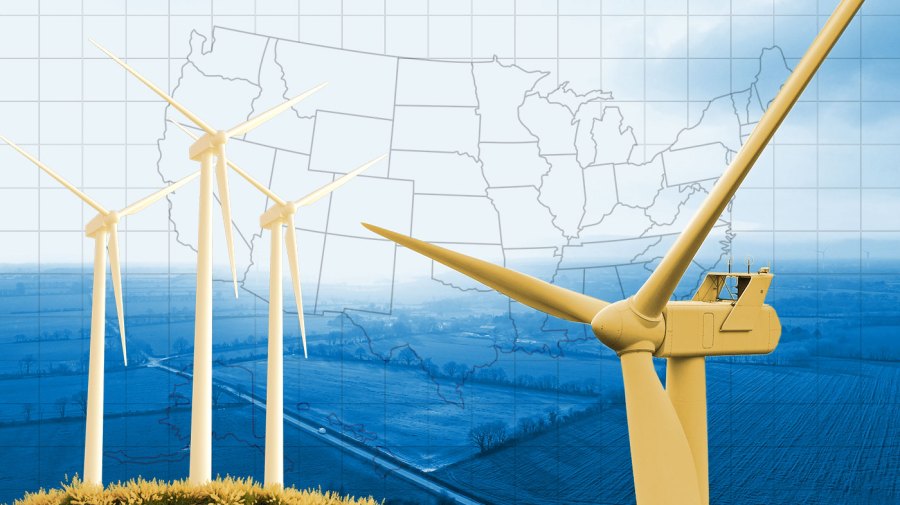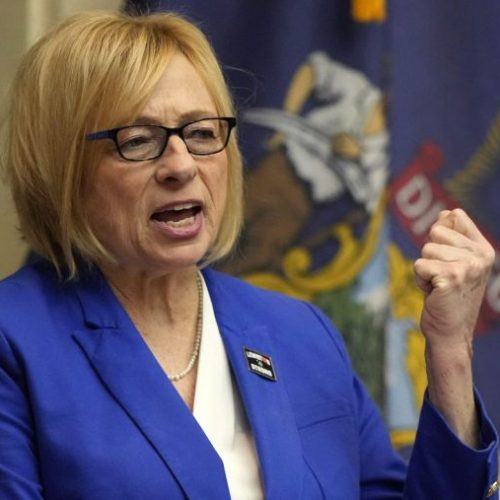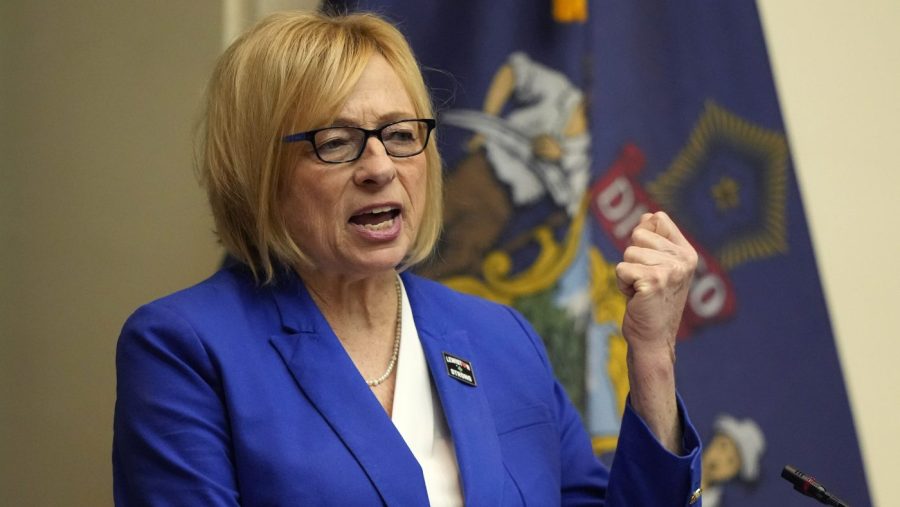Why Red States Are Pulling Ahead in America’s Clean Energy Race
The landscape of clean energy adoption in the United States is shifting, with traditionally Republican-leaning states making significant strides in renewable energy production. This trend challenges conventional wisdom about the partisan divide on climate and energy issues.
Key Takeaways
Republican states are leading in wind power generation, producing about 70% of the nation’s wind energy. While Democratic states lead in solar power, Republican states still contribute significantly, producing one-third of the total U.S. solar output. Economic factors, rather than climate concerns, are driving clean energy adoption in red states. Despite this progress, Republicans generally prioritize fossil fuels over renewable energy sources.
The Unexpected Leaders in Wind Power
In 2022, the top five states with the largest share of wind power were all Republican-leaning. Iowa, South Dakota, Kansas, Oklahoma, and North Dakota each generated more than one-third of their power from wind. Texas, a solidly red state, leads the nation in total wind power generation.
Solar Power: A More Mixed Picture
While Democratic-leaning states tend to lead in solar power adoption, Republican states are not far behind. California tops the rankings, but Texas, Florida, and North Carolina (all Republican-leaning) are also in the top five for total solar power generation.
Driving Factors Behind Red State Renewable Adoption
The primary motivations for clean energy adoption in Republican states appear to be economic rather than environmental:
1. Economic benefits: Renewable energy projects provide income for landowners and boost local tax revenues.
2. Energy security: Clean energy sources contribute to energy independence.
3. Low electricity prices: Many red states with high renewable energy adoption have electricity prices below the national average.
The Partisan Divide Persists
Despite these developments, significant differences remain between Republican and Democratic attitudes towards climate change and energy policy:
– Only 12% of Republicans consider climate change a top priority for the president and Congress.
– 87% of Republicans believe fossil fuels should continue to be part of the U.S. energy mix.
– 58% of Republicans prioritize expanding fossil fuel production over renewable energy sources.
Looking Ahead
The growth of clean energy in red states presents both opportunities and challenges for the future of U.S. energy policy. While economic factors are driving adoption, political resistance to climate-focused policies remains strong among Republicans. As the country moves towards the 2025 legislative sessions and beyond, states are likely to continue playing a crucial role in shaping America’s energy landscape.
Regardless of federal policy shifts, many states are expected to push forward with clean energy initiatives, driven by economic benefits and local priorities. This trend highlights the complex interplay between economics, politics, and energy policy in the United States. As renewable energy becomes increasingly cost-competitive and economically beneficial, it may continue to gain support across the political spectrum, even as partisan disagreements persist on climate change and related issues.









